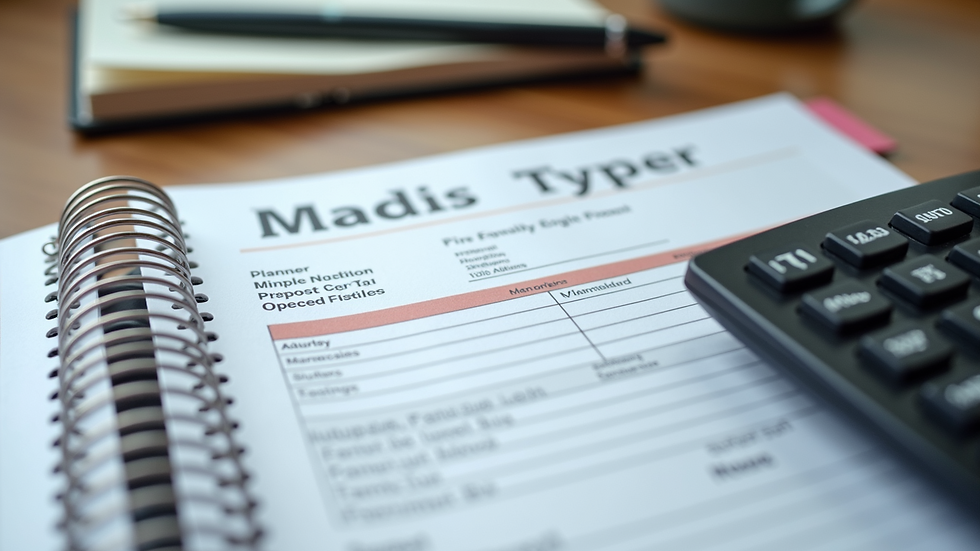As parents, choosing the right childcare environment for our children is crucial. With so many options available, it can be overwhelming to identify the best fit. At Kids Edu Caring Place, an award-winning and licensed childcare center, we focus on three vital aspects—outdoor play, a small private setting, and a creative curriculum. These elements are not just features, but core principles that shape our nurturing and educational environment.
The Significance of Outdoor Play
Outdoor play is essential for children's physical, emotional, and social development. In today's digital age, where screens often dominate leisure time, it is imperative that children engage with their surroundings. Research indicates that outdoor play promotes physical health, boosts cognitive skills, and fosters social interactions among peers.
Benefits of Outdoor Play
Physical Development: Outdoor play encourages children to engage in active movements, which improve motor skills and overall fitness. Activities like running, climbing, and jumping help develop muscle strength and coordination.
Emotional Well-being: Being outdoors allows children to connect with nature and experience the world around them. This connection can reduce stress, enhance mood, and promote self-confidence as they explore new environments.
Social Skills: Outdoor settings provide opportunities for group games and cooperative play. Such interactions help children develop communication skills, teamwork, and conflict resolution abilities.
At Kids Edu Caring Place, we've designed our outdoor spaces to stimulate creativity and exploration.

Advantages of Choosing a Small Private Childcare Setting
Selecting a small private childcare setting like Kids Edu Caring Place offers several distinct benefits. Smaller environments provide a more intimate atmosphere, fostering strong relationships between caregivers and children. This close-knit approach benefits childhood learning and emotional security.
Personalized Attention
In a smaller setting, caregivers can offer more individualized attention. Each child's unique needs and interests are recognized and addressed more effectively. Research shows that personalized care leads to improved developmental outcomes in children.
Familiarity and Routine
Children thrive in environments where they feel secure and comfortable. Small private childcare settings promote stability and familiarity. At Kids Edu Caring Place, we maintain consistent routines that provide children with a sense of security and predictability.
Choosing a small setting also allows for better communication with parents. Given our commitment to keeping families informed, regular updates and meetings help establish a strong partnership between caregivers and parents.

The Value of Creative Curriculum
A creative curriculum is central to the learning philosophy at Kids Edu Caring Place. Our approach emphasizes exploration, creativity, and hands-on activities to foster a love for learning. Our program supports children’s natural curiosity and encourages them to invent, create, and critically think.
Benefits of a Creative Curriculum
Engagement: Creative activities capture children's attention and spark their imagination. From art projects to interactive storytelling, our curriculum captivates their interests.
Critical Thinking Skills: Through creative problem-solving experiences, children develop logical reasoning and critical thinking abilities. They learn to approach challenges with innovative solutions.
Holistic Development: Creative curricula facilitate imaginative play, which supports cognitive, social, and emotional development. Children learn effectively when they're engaged and enjoying their time.
At Kids Edu Caring Place, our creative curriculum is crafted to align with developmental milestones and includes various subjects like art, science, and literacy.

Why Kids Edu Caring Place Stands Out
One unique feature of Kids Edu Caring Place is our licensing for 24-hour care, beneficial for parents with varying schedules. We understand that life can be unpredictable, and our flexible hours ensure parents have peace of mind knowing their children are in a safe and nurturing environment.
As an award-winning childcare center, we pride ourselves on upholding high standards and providing quality care. Our staff is thoroughly trained, and our facilities are designed to be both educational and safe.
Additionally, our commitment to nurturing environments means that we prioritize emotional well-being. Children at Kids Edu Caring Place feel valued, respected, and encouraged. This supportive environment nurtures their growth.
Fostering Strong Parent-Caregiver Relationships
At Kids Edu Caring Place, we acknowledge that parents are a child's first teachers. We actively promote engagement through regular communication and involve parents in their child's learning process. Open lines of communication help extend learning beyond our doors and into the home.
Practical Strategies for Parents
To foster strong relationships with your child's caregiver:
Stay Involved: Participate in meetings and events organized by the childcare center. This involvement creates a partnership focused on your child's well-being.
Ask Questions: Never hesitate to ask caregivers about your child's day, activities they're participating in, and any concerns you may have.
Share Insights: Share your child's interests and development at home with caregivers. This information will help them provide more personalized care.
By working collaboratively, families and caregivers can cultivate a supportive network that benefits children’s growth and development.
Enriching Experiences Await at Kids Edu Caring Place
Choosing the right childcare setting can profoundly impact a child's development. By prioritizing outdoor play, a small private setting, and a creative curriculum, Kids Edu Caring Place provides a holistic approach to early childhood education. With our licensed 24-hour care, we are uniquely positioned to cater to your family's needs—whatever they may be.
Our commitment to providing enriched but nurturing environments helps children thrive. Here, they are encouraged to explore, discover, and grow during these formative years.
If you are considering quality childcare for your child, look no further than Kids Edu Caring Place. We invite you to schedule a visit and discover how our unique features can support your child's educational journey.
Explore more about our tailored programs and nurturing environment at our website: Kids Edu Caring Place.
In the end, the importance of outdoor play, selecting a small private childcare setting, and embracing a creative curriculum cannot be understated. These factors are vital in shaping a strong foundation for your child's future success.







